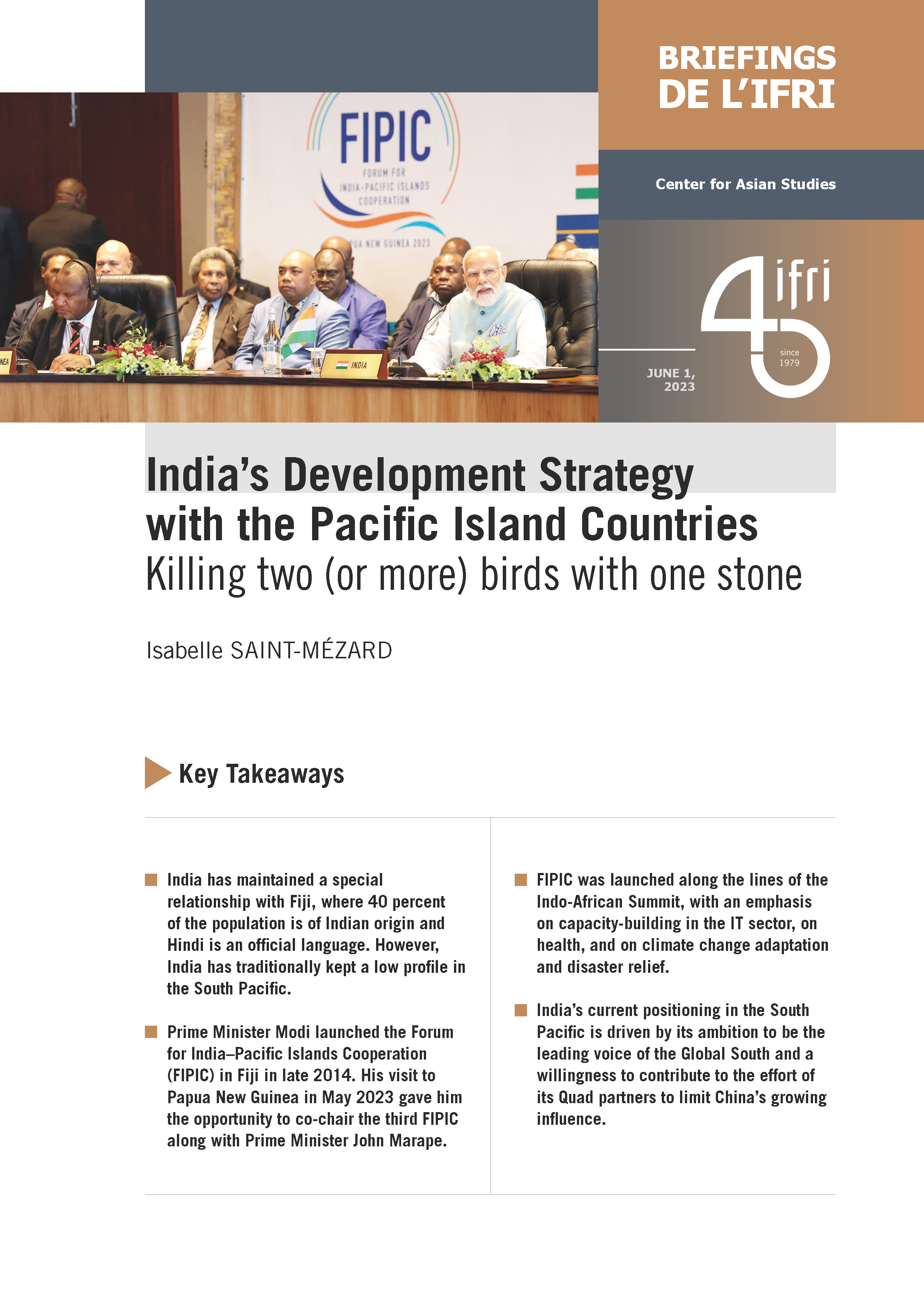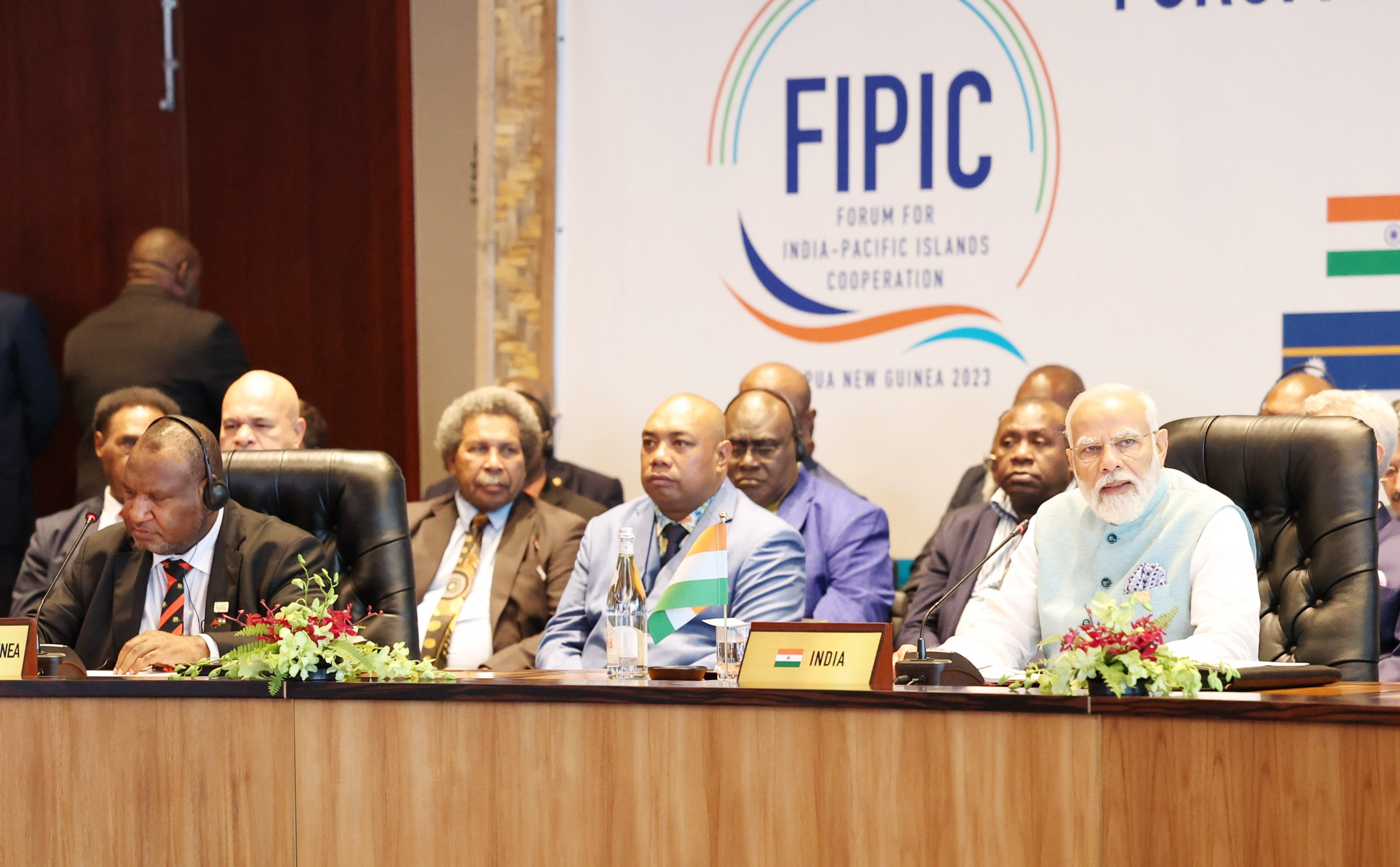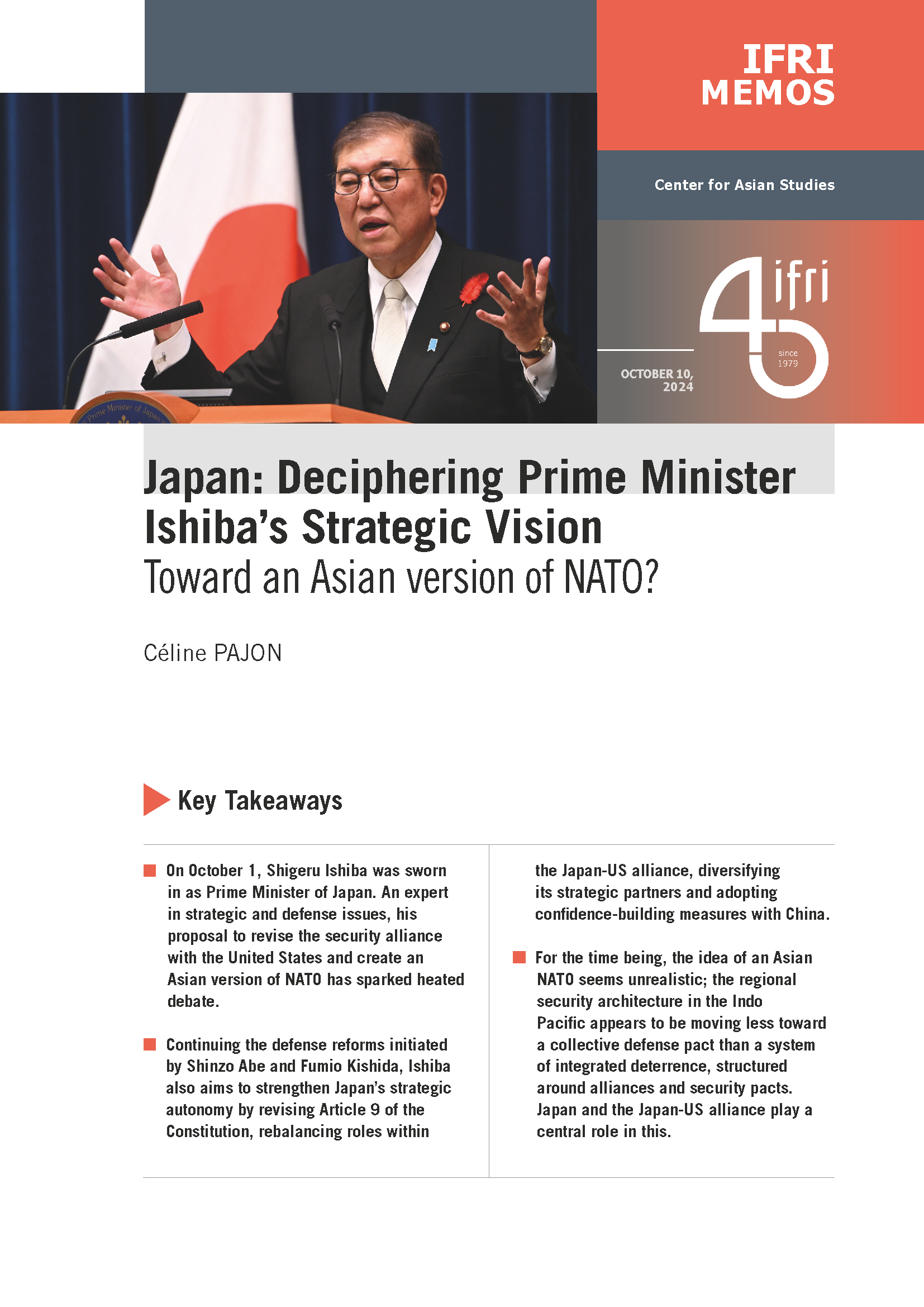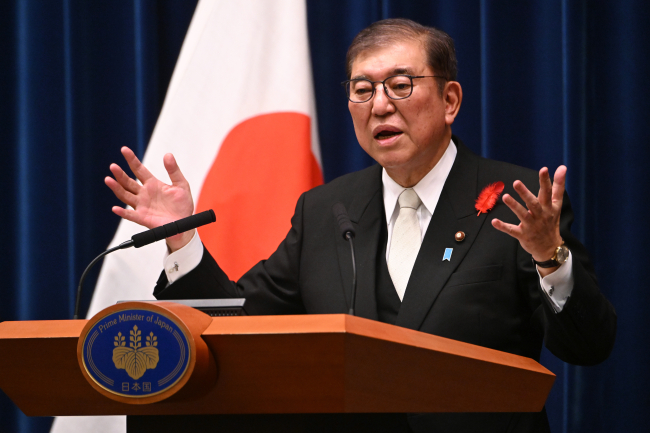India’s Development Strategy with the Pacific Island Countries. Killing Two (or More) Birds with One Stone

Prime Minister Narendra Modi’s maiden visit to Papua New Guinea (PNG) on May 20-21, 2023, is a testament to India’s international positioning and search for a global role. In Port Moresby, Modi co-chaired the third Forum for India-Pacific Islands Cooperation (FIPIC) and announced a series of steps to enhance development cooperation with its partners of the South Pacific. India’s outreach to the Pacific Island countries (PICs) was clearly in line with its G20 presidency and its campaign to be the leading voice of the Global South.

At the same time, Modi reaffirmed India’s commitment to a free, open, and inclusive Indo-Pacific, opted to contribute alongside the U.S., Japan and Australia to an important telecommunications project in Palau and, more generally, has looked to enhance partnerships with PICs as part of the Quad. Modi’s visit to PNG thus reflected India’s two-pronged strategy of, on the one hand, working with the U.S. and its allies in the Indo-Pacific and, on the other, mobilizing as many countries as possible under the banner of the Global South.
India is no stranger to the South Pacific. It has interacted with the Pacific Island countries in the Commonwealth, the Non-Aligned Movement, and the United Nations system. It has also been a dialogue partner of the Pacific Islands Forum (PIF) since 2006 and has maintained a special relationship with Fiji, where 40 percent of the population is of Indian origin and Hindi is an official language. Nevertheless, India has generally kept a low profile in the South Pacific, as reflected by its rather limited diplomatic presence. While familiar with the socioeconomic and environmental challenges faced by small island developing states, India has prioritized the neighboring island countries of the Indian Ocean in its foreign and assistance policies.

Also available in:
Regions and themes
ISBN / ISSN
Share
Download the full analysis
This page contains only a summary of our work. If you would like to have access to all the information from our research on the subject, you can download the full version in PDF format.
India’s Development Strategy with the Pacific Island Countries. Killing Two (or More) Birds with One Stone
Related centers and programs
Discover our other research centers and programsFind out more
Discover all our analyses
China, technical standardization, and the future of globalization
As the global economy sits at a crossroad between connectivity-driven globalization and strategic decoupling, technical standardization provides a valuable measure of where we are headed.
Japan: Deciphering Prime Minister Ishiba’s Strategic Vision. Toward an Asian version of NATO?
On Tuesday, October 1, Shigeru Ishiba was sworn in as Prime Minister of Japan. His proposal to revise the security alliance with the United States and create an Asian version of the North Atlantic Treaty Organization (NATO) attracted attention and sparked lively debate.

Critical Raw Materials, Economic Statecraft and Europe's Dependence on China
As China tightens export controls on critical minerals, it is important to put Beijing's policies in perspective and analyse how Europe can respond.
China’s Mature Node Overcapacity: Unfounded Fears
China is decoupling from, not flooding, the global mature-node semiconductor market. As China increasingly pursues industrial policies encouraging domestic chip production, its own growing chip demand will prevent a direct flood of cheap Chinese chips on foreign shores. However, as Beijing achieves its goal of decreasing the reliance of domestic downstream manufacturers on foreign chips, European and American mature-node semiconductor companies will feel the ripple effects of an increasingly “involuted” Chinese chip ecosystem.












